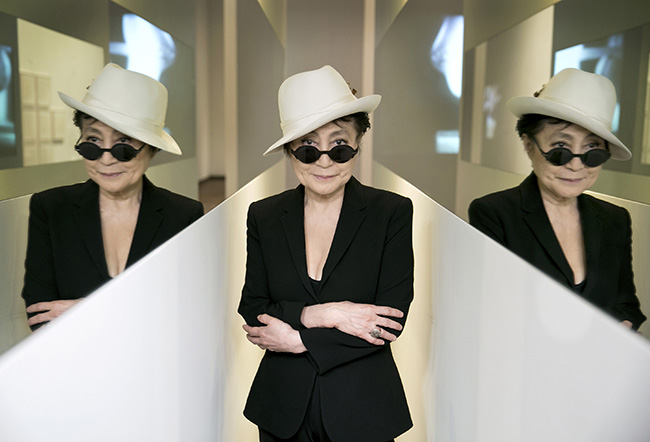
Yoko Ono: Lumière de L’aube opens this week at the Musée d’Art Contemporain in Lyon. The exhibition follows One Woman Show at MoMA in New York, and is Yoko Ono’s first retrospective in France.
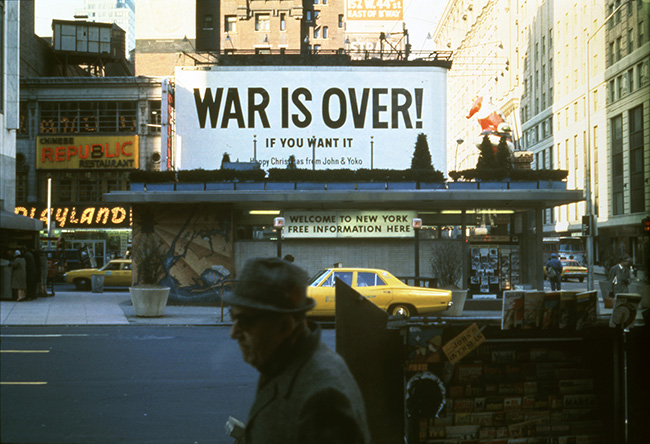
Ono was a significant influence on the Fluxus movement in the 1960s, and her work includes films, installations, performances, instruction-based texts, and participatory installations. Notwithstanding her international reputation, large exhibitions of Yoko Ono’s work were relatively infrequent until the last decade. Ono’s late husband, John Lennon, said that she is “the world’s most famous unknown artist: everyone knows her name, but no one knows what she actually does.”
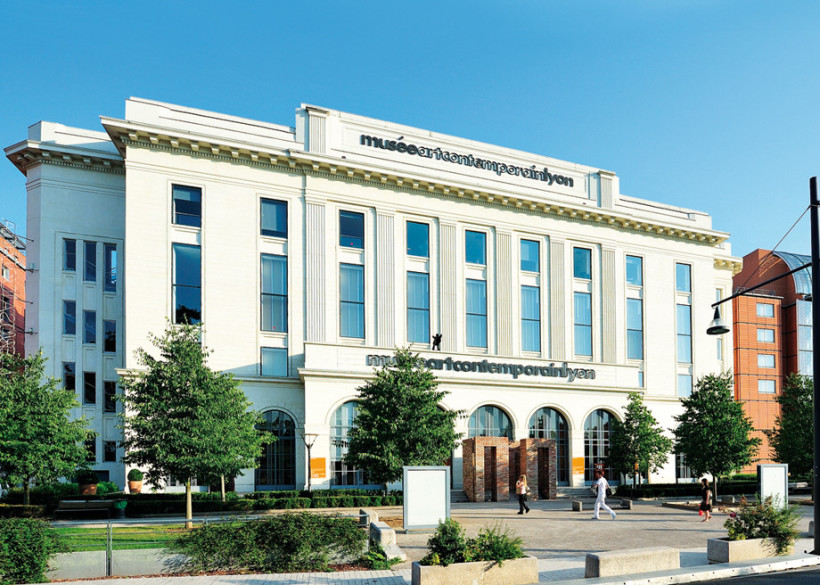
MAC Lyon has a notable history of early solo exhibitions; Keith Haring, Bruce Nauman, John Baldessari, Cai Guo-Qiang, Michelangelo Pistoletto, and Marina Abramović and Ulay are just a partial list. The museum’s Renzo Piano-designed building functions perfectly for its avant-garde exhibitions program. It presents a Neoclassical façade towards Lyon’s great Parc de la Tête d’Or, but otherwise fits neatly into Piano’s modern Cité Internationale. Inside, MAC features a changeable wall system that can accommodate any possible gallery configuration with 2,800 square meters across three floors.
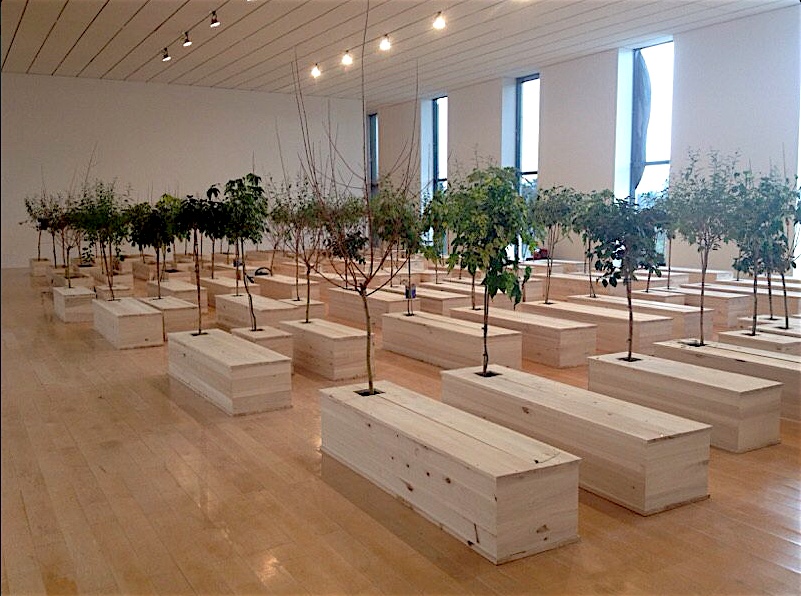
For Lumière de l’Aube (Light of the Dawn), MAC has devoted the entire building to more than 100 works by Yoko Ono that span from 1952 to 2016. The title may seem generic, but in Lyon is specific as a reference to the Lumière Brothers, the city’s history, and perhaps the development of new artistic mediums.

The exhibition features an entire section of Ono’s conceptual “instruction paintings,” which include simple instructions for action to be taken by the reader. Painting to Be Stepped On, for example, becomes a completed artwork only after it is covered with footprints. These works can only be realized with participation from people other than the artist. They can be performed by different people in different ways, and are always transformed with the passage of time.

In addition to the instruction pieces, there are large sections for music, text works, peaceful activities, and interaction. WAR IS OVER!, Bed-In for Peace, and Wish Tree are highlights of the latter two sections and of Yoko Ono’s work as a peace activist. Wish Tree, in particular, is participatory beyond this exhibition as an ongoing installation and series since 1996.
“Make a wish. Write it down on a piece of paper. Fold it and tie it around a branch of a Wish Tree. Ask your friends to do the same. Keep wishing. Until the branches are covered with wishes.”
Wishes are collected and buried at the base of the Imagine Peace Tower on Viðey Island near Reykjavik, Iceland, and may also be mailed. At MAC Lyon, visitors are encouraged to create their own Wish Trees and share them online with #WishTrees and #YokoOnoLyon.
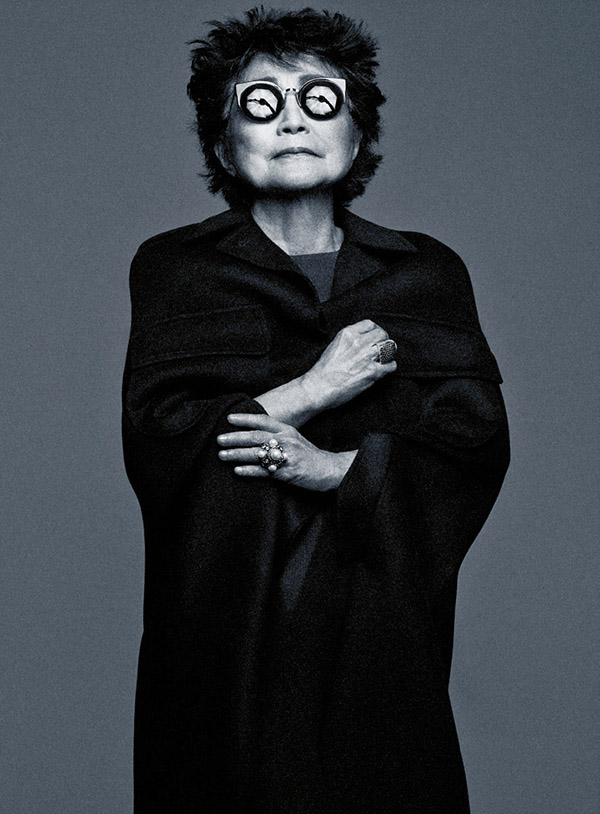
Yoko Ono: Lumière de L’aube opens on March 9 and continues through July 17, 2016.